

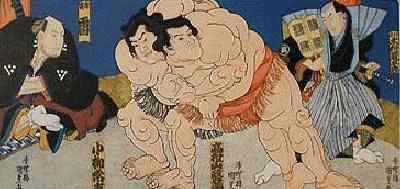
|


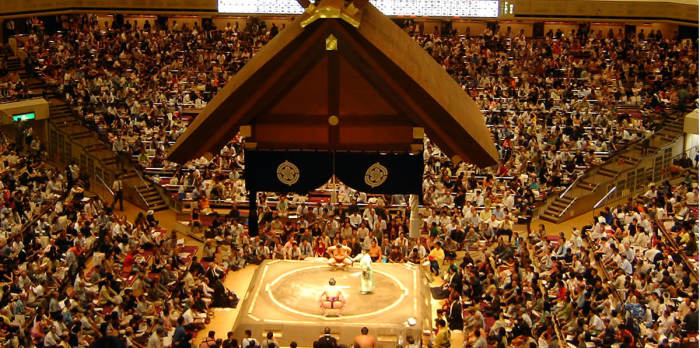
Sumo, a
unique type of Japanese wrestling, draws perhaps the
largest fan following of any
native sport and yet, relatively
little is
known of it or its champions outside of
Japan.
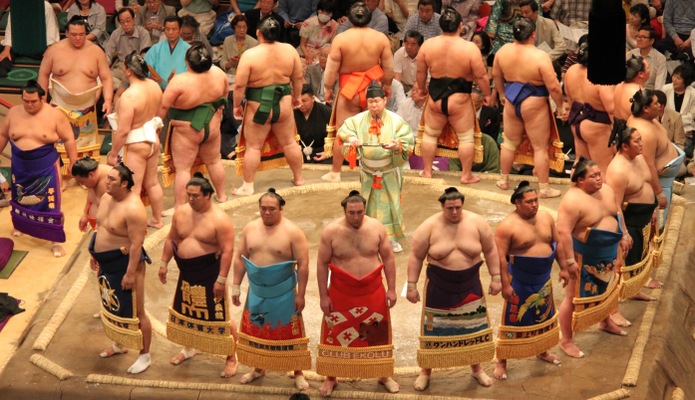

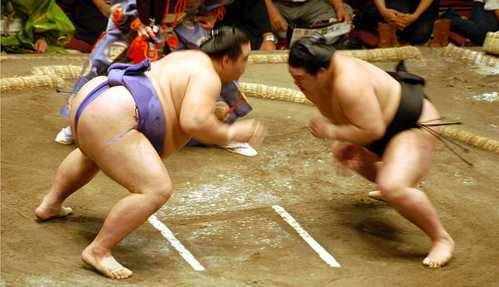
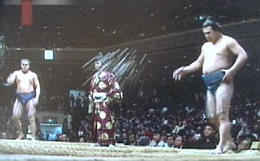
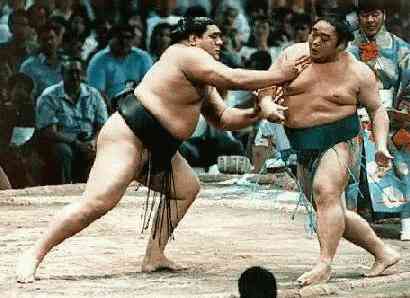

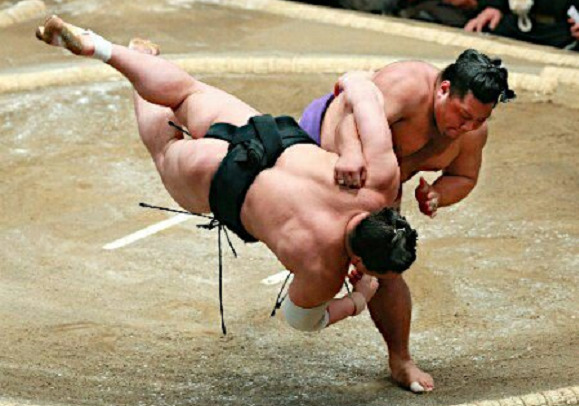
Sumo wrestlers train for many years with
the hope of reaching that exaulted rank, that
apex of the sumo pyramid, "yokozuna", grand
champion and most never achieve it.

There are complex strategies in sumo, many
different holds
and countless techniques but
like my friend who once gave
it such a brief
description, I will give you my "spin" on
it.

Might there not be, after all, something
more profound and noble about it,
this sport
of sumo, than simply "two fat guys charging at each other!"
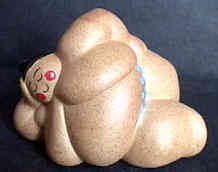 |
![]()
 ~ NEXT ~
~ NEXT ~

